Expansion of E-commerce Platforms
The Herbal Beauty Products Market is experiencing a transformative shift with the expansion of e-commerce platforms. The convenience of online shopping has made it easier for consumers to access a wide range of herbal beauty products from various brands. This trend is particularly pronounced among younger consumers, who prefer the flexibility and variety offered by online retailers. Recent data indicates that e-commerce sales in the beauty sector are expected to surpass traditional retail sales, highlighting a significant change in consumer purchasing behavior. This shift presents a substantial opportunity for brands within the Herbal Beauty Products Market to enhance their online presence and cater to the evolving preferences of consumers.
Growing Interest in Holistic Wellness
The Herbal Beauty Products Market is benefiting from a broader trend towards holistic wellness. Consumers are increasingly recognizing the interconnectedness of physical, mental, and emotional health, leading to a preference for products that promote overall well-being. Herbal beauty products, often associated with therapeutic benefits, are gaining traction as part of this holistic approach. Market Research Future indicates that the wellness industry is expanding rapidly, with herbal beauty products being a key segment. This growing interest in holistic wellness suggests that consumers are likely to invest in products that not only enhance beauty but also contribute to their overall health, thereby driving growth in the Herbal Beauty Products Market.
Rising Demand for Eco-Friendly Products
The Herbal Beauty Products Market is witnessing a significant increase in demand for eco-friendly products. As environmental concerns become more pronounced, consumers are actively seeking products that align with their values regarding sustainability. This shift is reflected in the growing popularity of brands that emphasize organic and sustainably sourced ingredients. Market data suggests that the eco-friendly beauty segment is projected to grow at a compound annual growth rate of over 10% in the coming years. This trend indicates a robust opportunity for companies within the Herbal Beauty Products Market to innovate and develop products that not only cater to beauty needs but also contribute positively to the environment.
Influence of Social Media and Digital Marketing
The Herbal Beauty Products Market is significantly influenced by the rise of social media and digital marketing. Platforms such as Instagram and TikTok have become vital channels for beauty brands to engage with consumers, showcasing the benefits of herbal products through visually appealing content. Influencers play a crucial role in shaping consumer perceptions, often promoting the efficacy of herbal beauty products. Recent statistics reveal that nearly 60% of consumers discover new beauty products through social media, underscoring its impact on purchasing decisions. This trend suggests that brands within the Herbal Beauty Products Market must leverage digital marketing strategies to enhance visibility and connect with their target audience effectively.
Increasing Consumer Awareness of Natural Ingredients
The Herbal Beauty Products Market is experiencing a notable shift as consumers become increasingly aware of the benefits associated with natural ingredients. This awareness is driven by a growing body of research highlighting the adverse effects of synthetic chemicals commonly found in conventional beauty products. As a result, consumers are gravitating towards products that are perceived as safer and more effective. In fact, recent surveys indicate that over 70% of consumers prefer products with natural ingredients, which has led to a surge in demand for herbal beauty products. This trend is likely to continue, as consumers seek transparency and authenticity in their beauty choices, thereby propelling the growth of the Herbal Beauty Products Market.


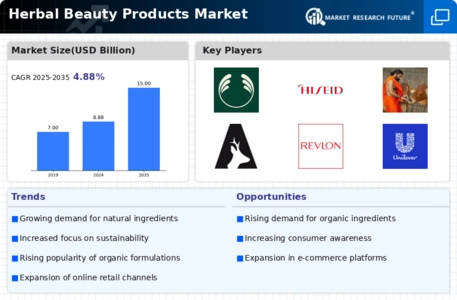
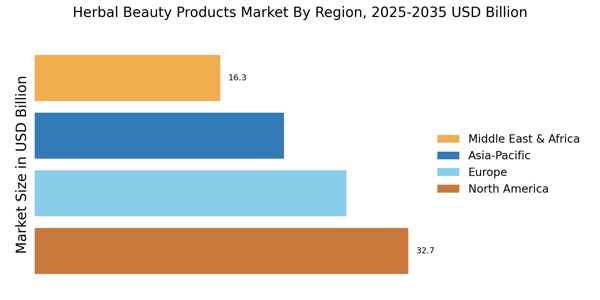
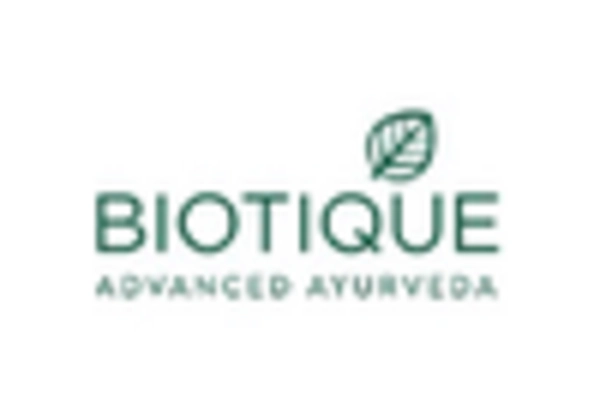
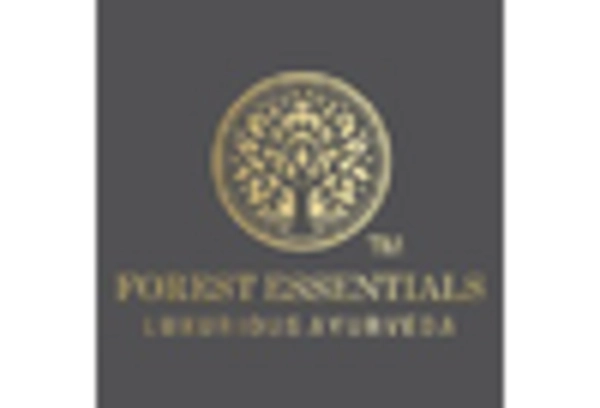
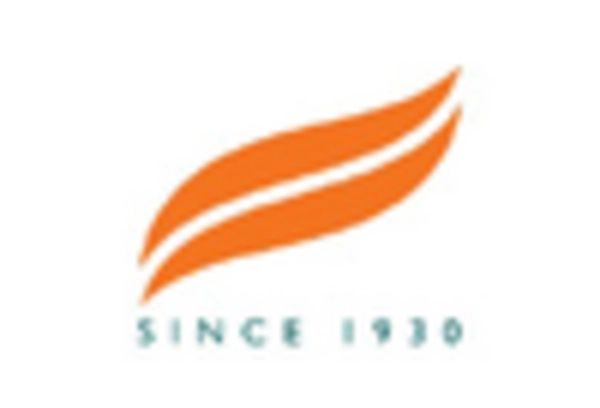


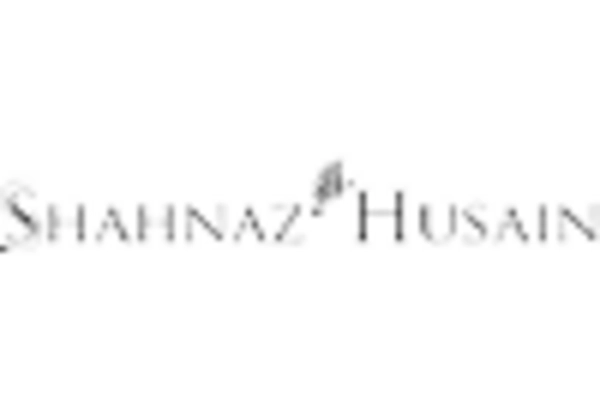








Leave a Comment